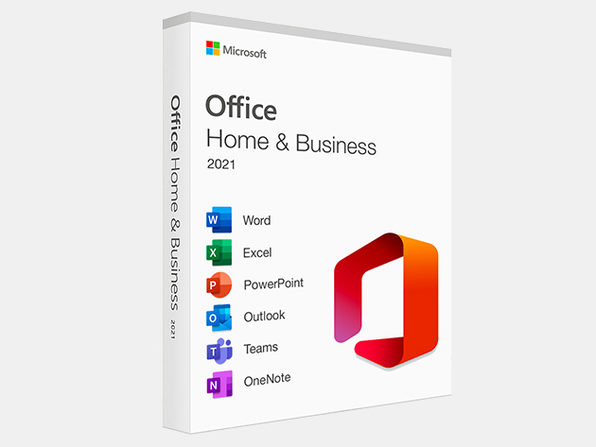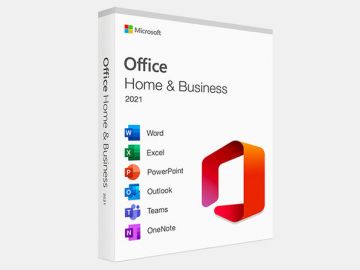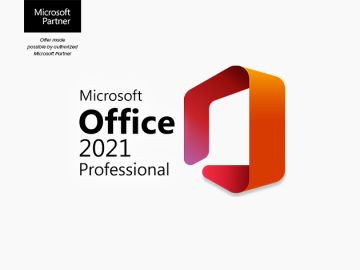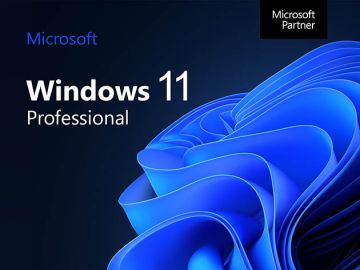Parallels Desktop 26 Is Ready for macOS Tahoe
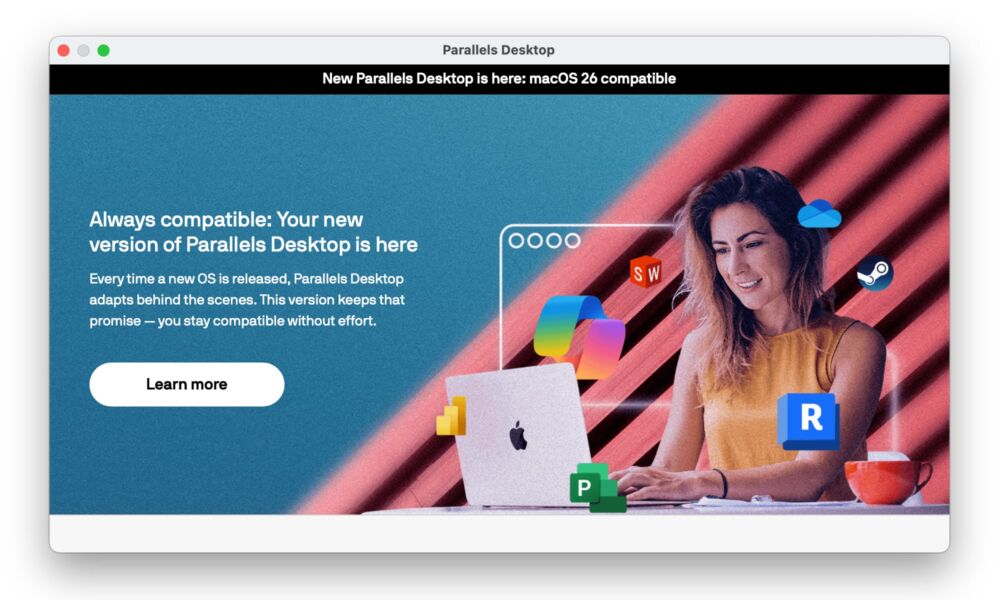
Toggle Dark Mode
Taking a page out of Apple’s book of numbers, popular virtualization company Parallels has just released Parallels Desktop 26. As one might expect from the significant leap forward from version 20, the new release delivers full optimization for macOS Tahoe, but it also packs in quite a few other new features.
While I’ve been using the latest version of Parallels Desktop 20 on the macOS Tahoe betas over the past few months without incident, version 26 guarantees that everything will run smoothly, specifically with support for the more restrictive way Apple now handles background processes in macOS 26. These changes will be particularly important for those who rely on the more integrated Coherence mode.
Parallels Desktop 26 also gets an updated look and feel to match Apple’s new Liquid Glass era, and provides a revised icon that will no longer be relegated to a squircle.
The change to version 26 is also about more than merely mimicking Apple. Unlike many other Mac apps, Parallels is tightly integrated into macOS. This necessitates a major release every year to ensure it’s fully compatible with the latest macOS releases. Using the same version number will eliminate the guesswork of determining whether you have the correct version of Parallels Desktop to match your macOS version. As long as the numbers match, you’re good to go.
Those who need to stay on the bleeding edge of Windows updates will also appreciate that Parallels Desktop 26 adds full support for Windows 11 25H2. It also adds visibility into your Mac’s available disk space for Windows virtual machines. This should help reduce situations where installs or other operations involving large file transfers cause freezes, slowdowns, or crashes.
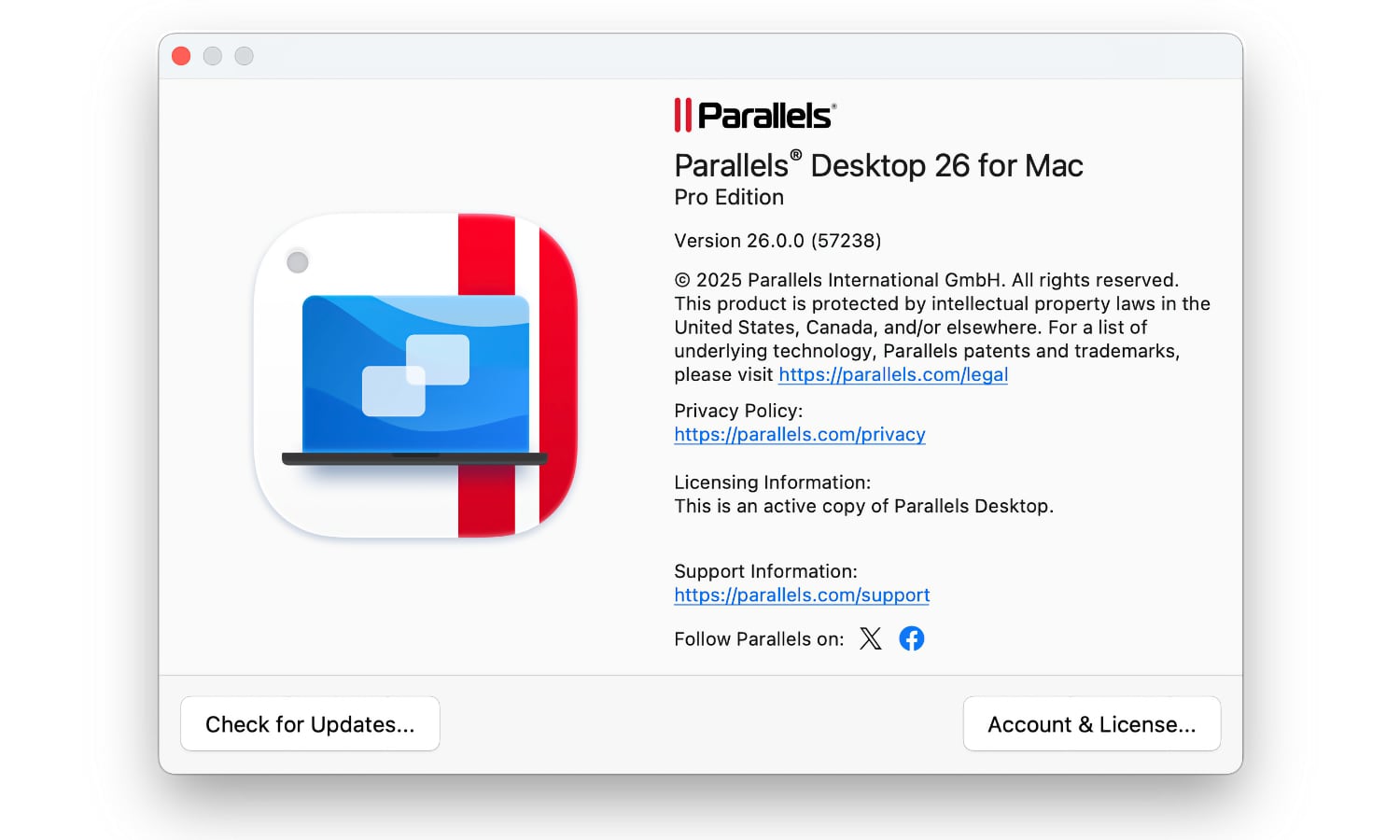
Although it won’t matter as much to end users, Parallels Desktop 26 also offers a range of new features for enterprise deployments, including a new Parallels Desktop Enterprise Management Portal that will allow for central control of settings like shared folders, USB device access, clipboard sharing, network modes, and even VM configuration settings for which devices and OSes corporate users can use to create new VMs. There’s also a new Jamf integration to help IT teams manage and monitor Windows updates within Parallels virtual machines without the need to install Windows OS-level management tools inside the VM.
These changes build on several other significant improvements that came to Parallels Desktop a few months ago, including support for Touch ID and Apple Writing Tools in Windows VMs, so users can use biometric authentication and access Apple Intelligence features in the Windows versions of Word and Outlook, USB passthrough support on Apple silicon devices, allowing external storage devices, security keys, and network adapters to be presented directly to a virtual machine without an abstraction layer, support for virtual cameras in OBS, and enhanced Mac integration for the Dragon Medical One app.
Parallels Desktop 26 is available now. Those with a current Parallels Desktop subscription can upgrade to the latest version at no extra cost, although you may need to download it directly, as it’s not yet showing in the software updates from version 20.
For new users, Parallels is offering 35% off on annual subscriptions right now, bringing the price of Parallels Desktop Standard Edition down to $64.99 (from $99.99), Parallels Desktop Pro Edition to $77.99 (from $119.99), and Parallels Desktop Business Edition to $97.49 (from $149.99). Parallels Desktop Standard Edition can also be purchased as a perpetual license for $219.99, or $53.99 if you’re upgrading from an older version. Discounted pricing is also available for students.

